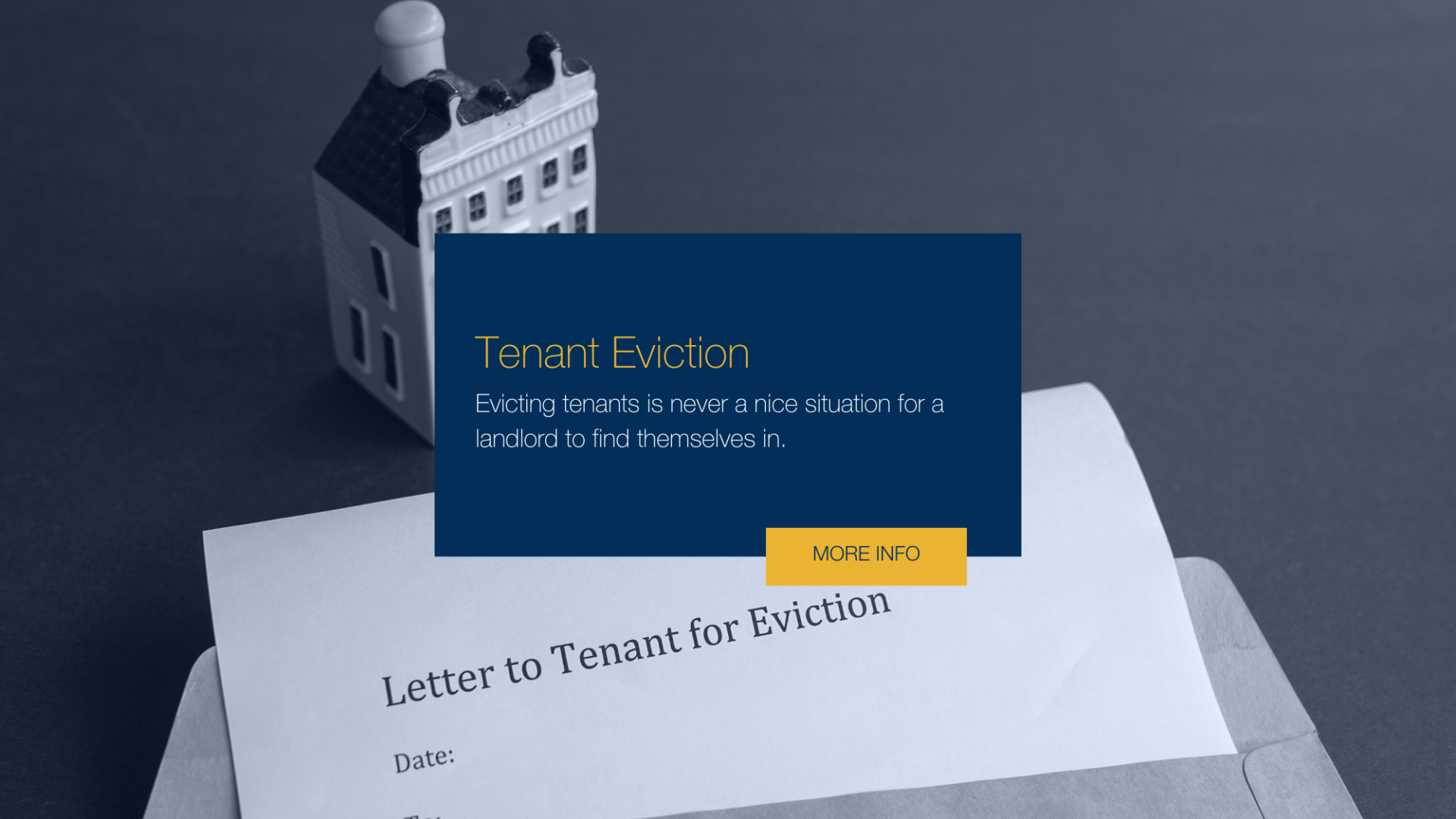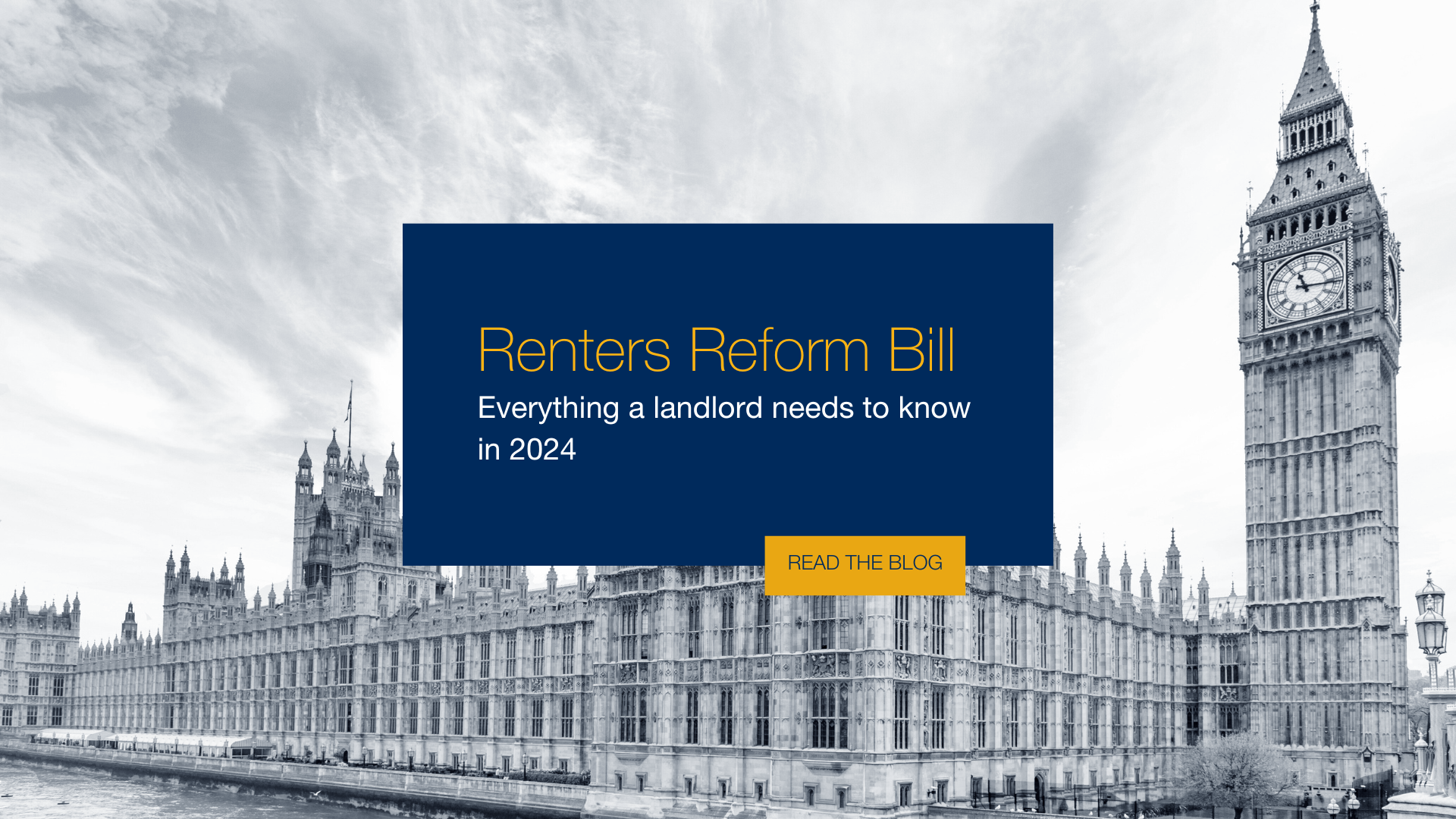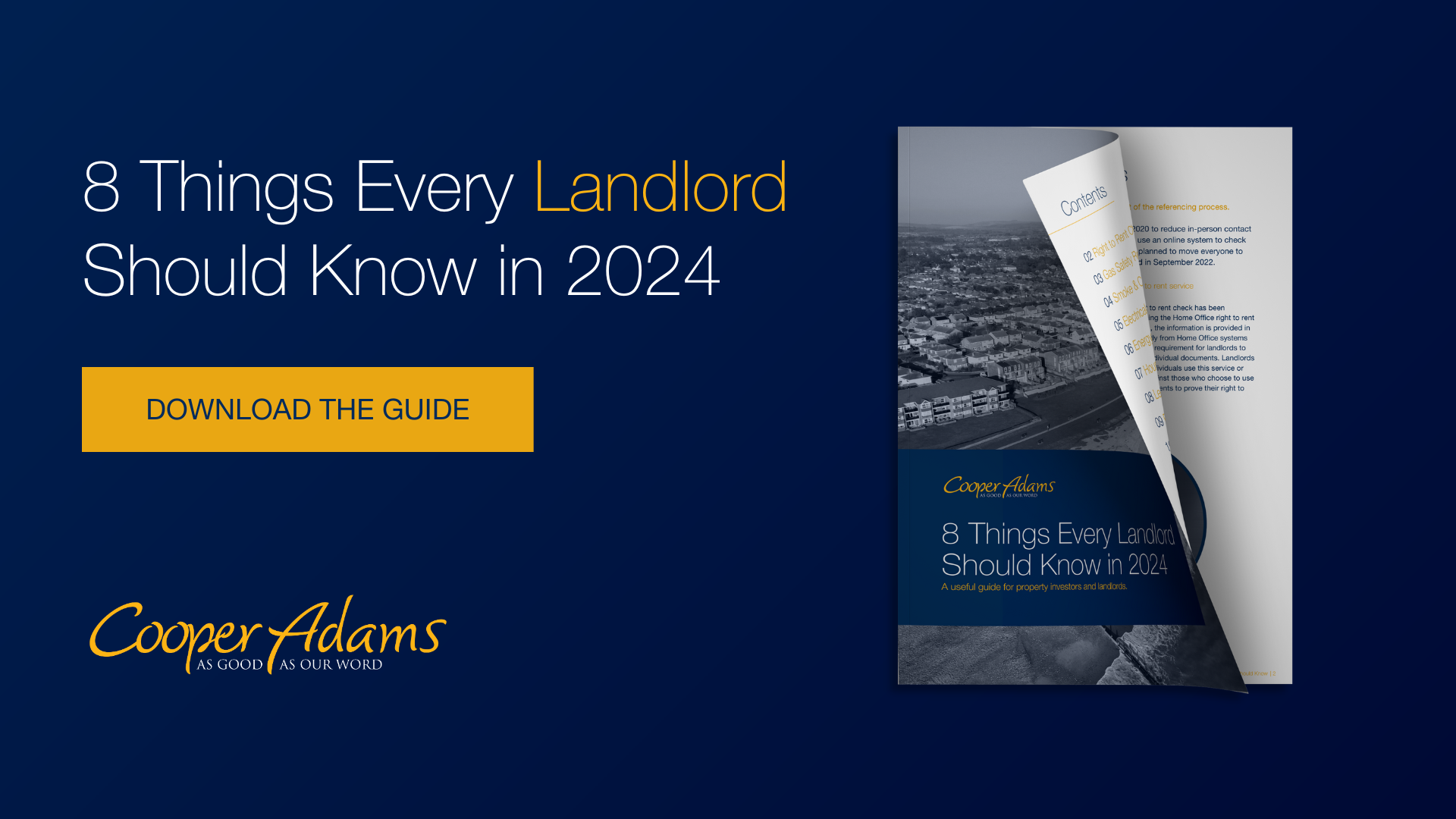Tenant Eviction
 By Shaun Adams
Subscribe to newsletter
By Shaun Adams
Subscribe to newsletterBest Practice Guide: Tenant Eviction
(Guide from PRS)
Evicting tenants is never a nice situation for a landlord to find themselves in. It can be a complicated process, which is why we spoke to Paul Shamplina of Landlord Action for his expert advice.
THE THREE STEP PROCESS
There are 3 steps to evicting a tenant:-
Step One. You need to serve a notice on your tenant. The notice will have an expiry date on it. If the tenant does not leave before the expiry date, then you will need to go to step two.
Step Two. You need to issue court proceedings to get a Possession Order. If the tenant does not leave before the date for possession on the possession order, then you will need to go to step three.
Step Three. You apply to court to appoint a Bailiff to obtain possession of the property.
–
Periodic or Fixed-term
If the tenancy is periodic or if the fixed-term has come to an end, landlords can evict fairly easily. There is no need
for a landlord to give a reason to the court but they must be able to show that an Assured Shorthold Tenancy
(AST) was in place and that the correct notice has been served. An AST is one in which the tenanted property is let
to an individual, the tenanted property is used for residential purposes and an agreement exists between landlord
and tenant whether it be written or oral. The correct notice in this instance would be a notice pursuant to Section
21 of the HA. This is a 2 month notice and care should be taken when serving the notice, as depending on whether
or not the tenancy is periodic or still during its fixed term, would determine the type of Section 21 notice to serve
(Section 21(1)(b) or Section 21(4)(a)).
A landlord may wish to evict a tenant during a fixed-term, but in order to do so they must have a valid reason. The
most common reason is rent arrears but, under Schedule 2 of Section 8 of the HA, others may include:-
• The tenant has broken the terms of the tenancy, such as subletting;
• The tenant is consistently late with the rent payment;
• The tenant has damaged the condition of the property;
• The tenant has caused nuisance
STEP ONE Serving Notice – Section 21
There are two types of Section 21 notices. One notice is served during the term of the tenancy (S21(1)(b) and one is served when the term of the tenancy has expired (S21 (4)(a)). A Section 21 notice is used when the landlord requires possession of the property (and there may or may not be rent arrears). The landlord does not have to give a reason for wanting possession of the property and there does not have to be a breach of the tenancy agreement. Some tenants use a Possession Order under Section 21 to seek housing assistance from their local housing office. If this is the case, tenants are told by local authorities to remain in the property until a Possession Order has been granted and sometimes to remain in the property until a Bailiff has been appointed, regardless of whether or not the rent is being paid.
One key factor to consider before serving a Section 21 notice is compliance with Deposit legislation. If you are not certain that the deposit has been protected correctly and that the full Prescribed Information has been served upon the tenant within 28 days of receipt of the deposit, it is advisable that you seek legal advice regarding the position with the deposit. Failure to have the deposit in order prior to serving a Section 21 notice is likely to see your notice and claim for possession fail, with a possible penalty fine against you for one to three times the amount of the deposit.
STEP ONE Serving Notice – Section 8
A Section 8 notice is a notice seeking possession, which is served on the tenant when they have breached one or more clauses within the tenancy agreement which may be during a fixed term tenancy or a periodic tenancy. A Section 8 notice is commonly used when the tenant is in arrears of rent and gives the tenant 14 days to vacate the property. There are 17 Grounds for possession (17 reasons that the law gives for when a section 8 notice can be issued), rent arrears being the most popular grounds (Grounds 8,10 & 11 of Section 8 of the Housing Act 1988 (as amended)) (HA).
If a tenant owes a minimum of two months arrears when a notice is served, Ground 8 is to be included within the notice. This is a Mandatory Ground, giving the Judge limited power when it comes to making an Order for Possession. Grounds 10 & 11 relate to arrears of rent below 2 months at the date the notice is served and sporadic late payments throughout the tenancy. All three rent related grounds can be included within the Section 8 notice (8, 10 & 11) if the tenant owes a minimum of 2 months rent at the date the notice is served. If the tenant fails to clear the arrears and/or vacate the property when the Section 8 notice expires, then court proceedings are required. The tenant will need to owe at least 2 months rent on the day of the court hearing in order for a landlord to rely on all three grounds for possession, otherwise, it would be on a Discretionary basis under Grounds 10 & 11, being the weaker grounds.
STEP TWO Section 8 – Court hearing and what it means:-
Where a claim is for possession and rent arrears (Section 8), there will be a Court hearing before a Judge. The hearing is held in Judges Chambers and is not open to the public. The landlord will be required to attend the hearing, or appoint an agent to attend on their behalf. An agent is a letting agent or somebody appointed to manage the tenanted property on a day to day basis for the landlord. The landlord or agent must be fully conversant with the tenancy and have all relevant paperwork readily available, such as the tenancy agreement and an up to date schedule of arrears at the hearing. If the landlord or agent is unable to attend the hearing, the Court may accept a witness statement, but it is recommended that this is drafted by a legal landlord and tenant expert, to ensure its content is in order.
If the tenant clears the arrears prior to the hearing date, then it is unlikely a landlord will get a possession order. Some Judges will grant a postponed possession order, which is a possession order postponed/suspended on the terms that the tenant continues to pay the full rent as it falls dune and if he fails to do so, the landlord can apply for a Bailiff without the need to return to Court.
If the claim is successful, the Judge usually grants a 14 day possession order; this means the tenant has 14 days from the date of the hearing to vacate. In the event the tenant does not vacate, the landlord will be required to appoint a bailiff to carry out the eviction. In addition, an order for the arrears of rent may also be granted at which point a landlord may also make a claim for interest and costs, provided the tenancy agreement contains the relevant clauses that the landlord can rely upon. If an order is granted under Ground 8, it is always wise to ensure the Judge marks the Order as one made out under Mandatory Ground 8. Judges are quite happy for a gentle reminder of this at the point of making the Order.
Exceptions If a tenant defends the case by, for example, raising a disrepair issue, then proceeding under Section 8 may see the matter adjourned.
STEP TWO Section 21 – What it means:-
Where a landlord's claim is for possession only (Section 21) he/she can use the Courts' accelerated procedure. The Court serve a copy of the claim form on the tenant who then has 14 days to reply to the claim. Tenants can file a defence, but under Section 21, they are very limited as to what constitutes a defence. Disrepair issues are not a defence to a Section 21 claim. Some tenants seek an extension of time in which they have to vacate. The maximum extension a Judge can grant is 42 days from the date of making the Order. If no defence is filed, a landlord can apply to the Court for an Order for Possession. It can take approximately 8 weeks to receive the Order for Possession, depending on the workload of the Court. London Courts are extremely busy and may encounter some delay. Claims under accelerated Section 21 do not enable a landlord to claim for arrears of rent. The Court will send a copy of the Possession Order to the tenant.
STEP THREE Eviction – County Court Bailiff
If a tenant fails to vacate on or before the expiry of the Possession, a County Court Bailiff must be appointed to carry out the final stage, eviction. Applying for a Warrant of Possession can mean the process takes up to a further 6 weeks.
It is always advisable to appoint a locksmith to attend at the same time as the Bailiff in order to assist with entry, if required, and to change the locks. A landlord must wait for the Bailiff outside the property (on the street), Never inside the property, or in a hallway/lobby. The Bailiff will only approach the property if he can see somebody outside.
Appeals/Applications Unfortunately, tenants do have rights to appeal. The law allows a tenant to make an application to set aside the Possession Order, or the Bailiff Appointment. If this should happen, the Court will notify the landlord immediately and a hearing will be set down for the tenant to plead their case to the Judge. A Judge will decide whether or not it is reasonable to set aside the Order or Bailiff Appointment and make an order accordingly. The tenant would have to prove that there is a dispute over a point of law that would see a successful outcome in the tenants favour, or prove exceptional hardship if he is seeking an extension of time. These are rare cases.




 By
By 
 By
By 